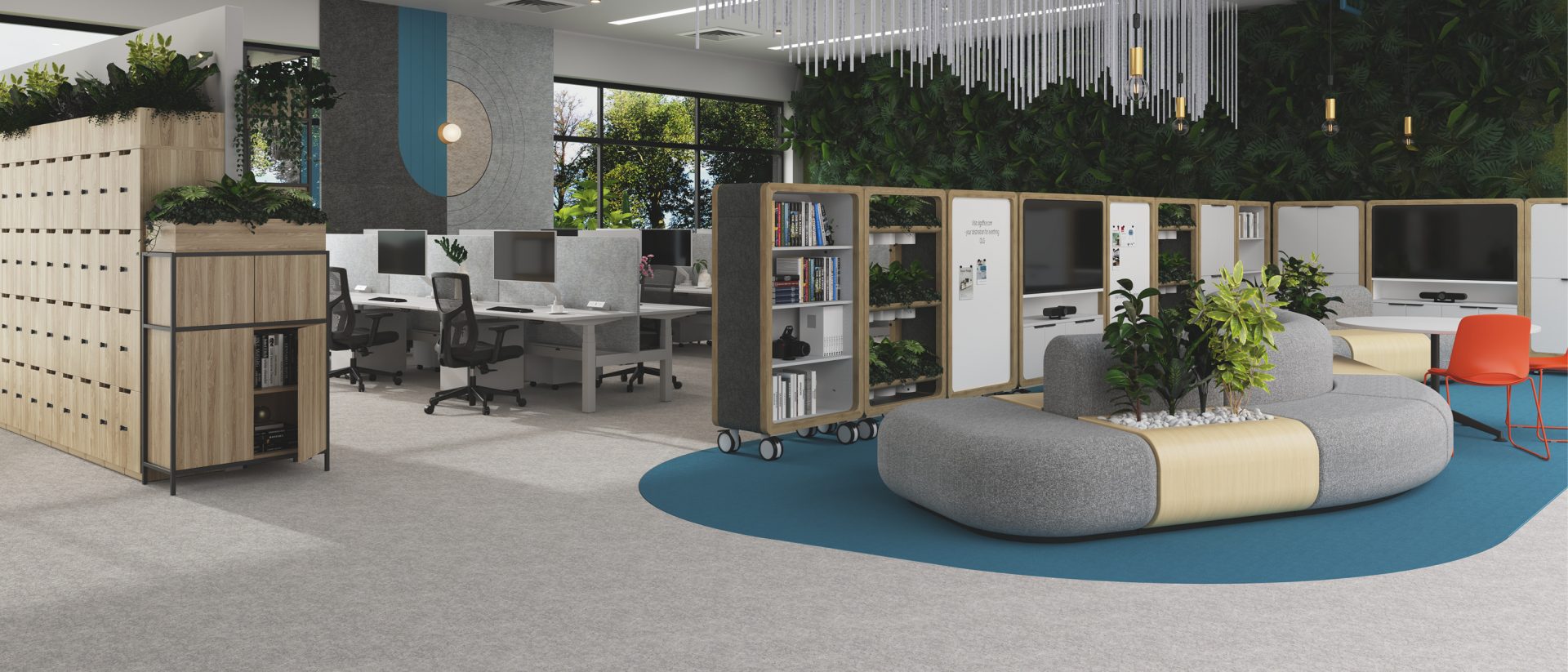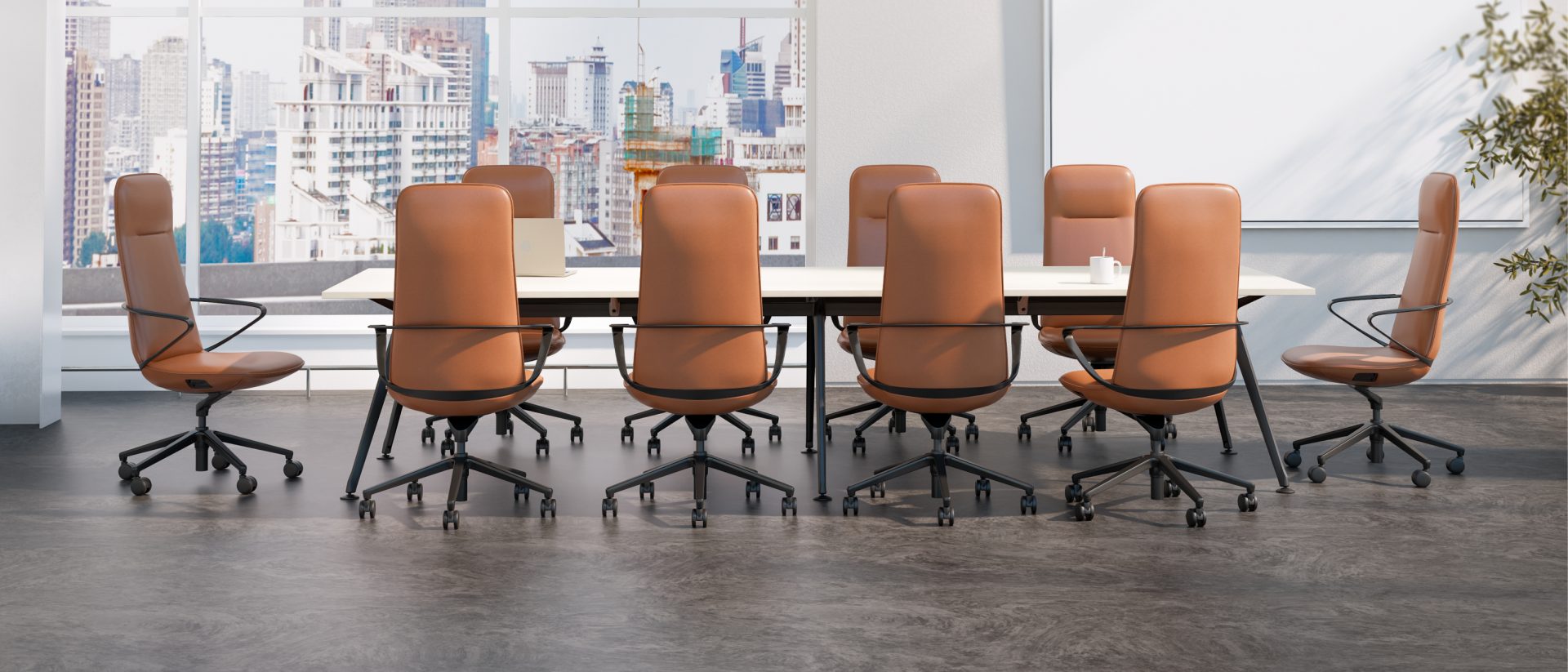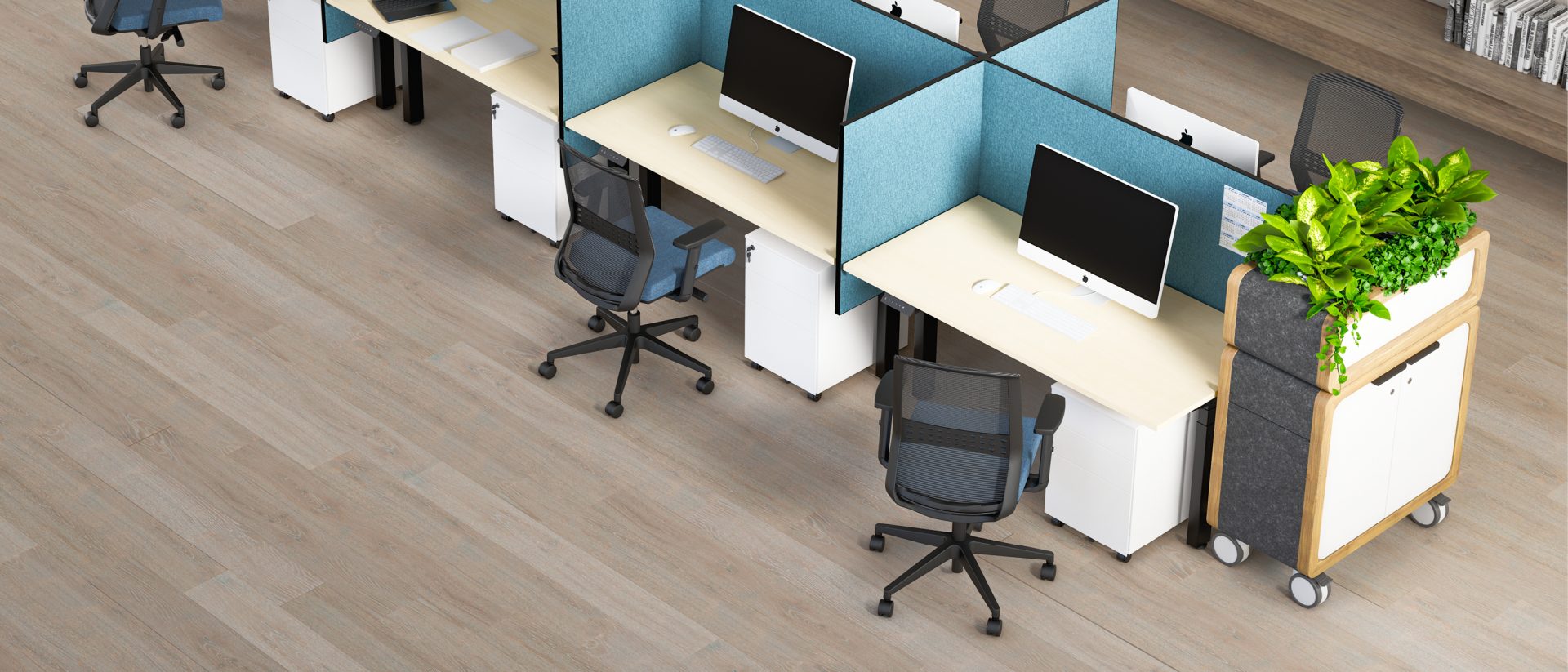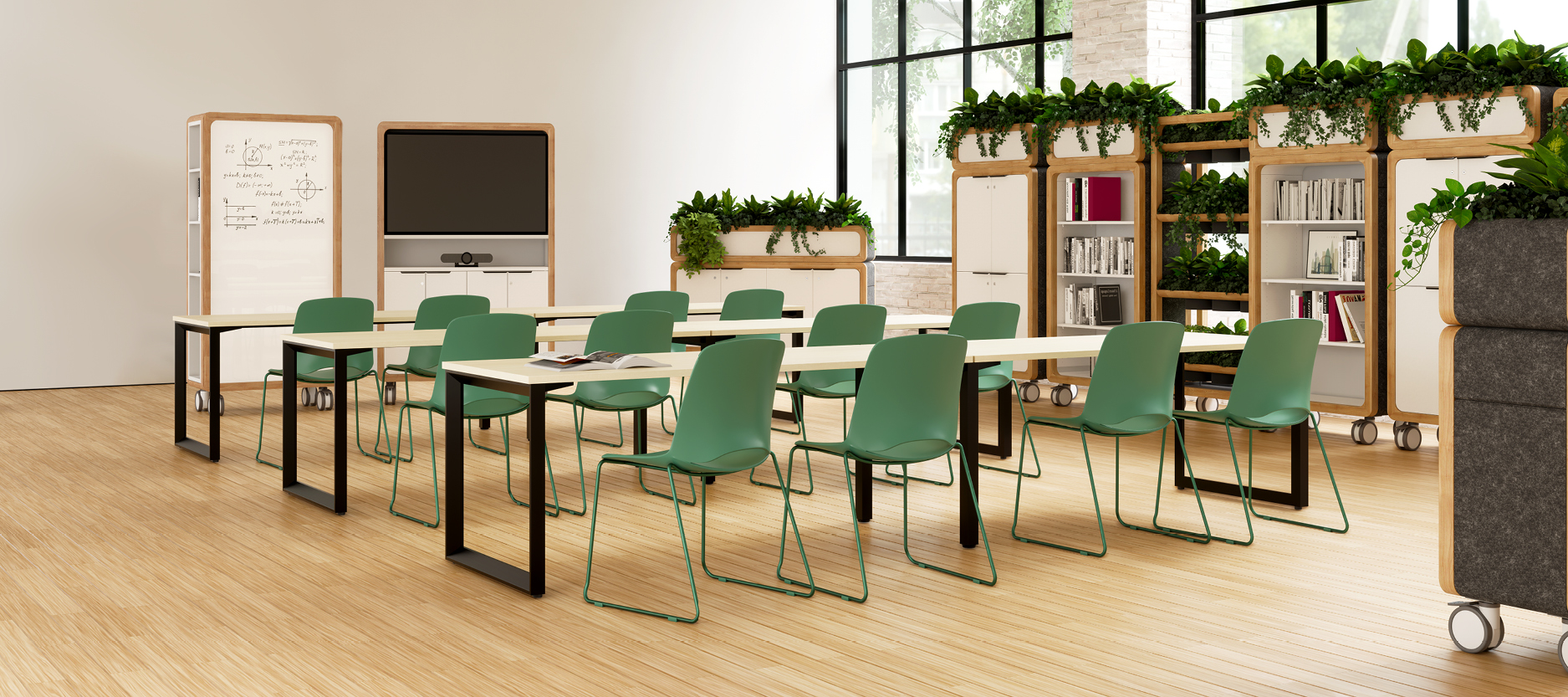Designing for Inclusivity in Education Spaces
written by OLG
Inclusive educational design goes beyond accessibility; it’s about creating environments where all students feel welcomed, supported, and valued. Thoughtfully designed education spaces can significantly enhance learning experiences, promoting equity, diversity, and student well-being. Here are key considerations for designing truly inclusive education spaces:
Universal Design Principles
Inclusive education spaces are underpinned by universal design principles, ensuring accessibility and usability for all, regardless of ability. This includes barrier-free pathways, flexible furniture, and intuitive wayfinding. By proactively addressing diverse physical, cognitive, and sensory needs, educational institutions can foster environments that empower students and staff equally, supporting academic and social growth for everyone. The University of Melbourne’s Learning Environments outlines how Universal Design for Learning (UDL) enhances engagement, independence, and participation for all students.
Supporting Neurodiversity through Design
Designing for neurodiversity acknowledges and accommodates a variety of cognitive and sensory needs within learning environments. Flexible seating arrangements, quiet zones, sensory-friendly spaces, and adjustable lighting significantly improve comfort and concentration for neurodiverse students. Monash University discusses strategies schools can implement to better support neurodiverse students, emphasizing the importance of inclusive design in educational settings.
Creating Culturally Inclusive Spaces
Educational design should reflect and celebrate cultural diversity, fostering a sense of belonging for all students. This involves integrating culturally relevant artwork, multilingual signage, and spaces designed to accommodate diverse social and cultural practices. The Melbourne School of Design highlights the significance of cultural inclusion in educational environments, emphasizing the need for spaces that respect and represent diverse backgrounds.
Flexible Spaces to Support Diverse Learning Needs
Flexible spaces enable educational environments to evolve according to diverse student and teaching requirements. Modular furniture, easily movable partitions, and adaptable layouts allow spaces to support various learning activities, from focused individual tasks to collaborative group projects. Offering students choices within their learning environments fosters autonomy, boosts engagement, and contributes to improved educational outcomes.
By thoughtfully integrating these principles into education design, institutions can create inclusive, supportive, and empowering environments for all learners.




